“I brought you all some water,” I said to the ragtag crew of six holding our “All Nations Unite With Wet’suwet’en” banner across the lane of semi-truck traffic heaving out of the Port of Vancouver. We had been standing, rotating positions, for five hours now.
A hundred feet away, 200 people formed a square around the intersection of Hastings Street and Clark Drive, blocking semis, buses, and drivers headed to the glass towers of downtown. At the center of the intersection, Elders from local nations sang and drummed. With a pivot of their feet, they honored the four directions: north, south, east, and west.
I walked back to the intersection and stood with the man from yesterday’s march. He had been making his way through the crowd, offering people sage for smudging, a common cleansing ceremony. He held out his hands.
“I have to go soon. I didn’t smudge you yet. I want to give you this.” His hands held the abalone shell, the burning medicine, and feathers. Then, he looked me steadily in the eye and said, “I see you. We see you.”
Tears blurred my vision. I brought the smudge bowl to the table under the tent and cleared away bags of chips and plastic containers of muffins. I smudged. The medicine drifted through the air, and Dennis, the man from Moricetown on the Wet’suwet’en nation, walked away, toward the east. I held the feathers until, exhausted and triumphant, we marched out of the intersection as the winter dusk fell in the late afternoon.
That day, January 9, 2019, urban Native organizers led a six-hour blockade of the Port of Vancouver. We were responding to attacks by the RCMP, Canada’s paramilitary police force, on Wet’suwet’en people who have reoccupied their territory since 2010. The RCMP have been authorized by the British Columbia Supreme Court to forcibly clear a path for the construction stage of Coastal GasLink’s fracked gas pipeline. We targeted the Port because it is one of the most valuable economic sites in Vancouver, with goods worth hundreds of thousands of dollars passing through each hour. We targeted the Port to show the colonial state that Indigenous people will not sit quietly by while our cousins and comrades are under attack.
Since December 10, 2018, we have organized five other solidarity actions in Vancouver. We have occupied Coastal GasLink’s corporate offices; organized three simultaneous sit-ins of New Democrat Party (NDP) politicians’ offices (the “progressive” Party in BC under whose direction the RCMP is acting); led a march through downtown that blocked two bridges; mobilized 1,500 people into the streets of Vancouver to hear inspiring speeches; and, most recently, blockaded a rail line that leads into and out of the Port.
These actions have been strong, righteous acts of solidarity with the Wet’suwet’en nation in northern British Columbia. As urban Native organizers, we stand by our cousins and comrades at Wet’suwet’en.
This moment of organizing is fierce, but within our own communities, we talk quietly about the absence of sustained urban Native organizing, outside of the “flashpoints” of solidarity actions that we often lead in the city for Indigenous land defenders on the remote frontlines. In settler-colonial Canada, these flashpoints inevitably come every few years, but our organizing does not sustain itself beyond our reactions to violations of Indigenous sovereignty on the land.
Many of us wonder: where is our movement?
Red Power Roots
There is an incredible history of urban Native organizing in Canada and the United States. One of the most famous was the Indigenous sovereigntist Red Power movement, which was most active and visible between the 1960s and the 1980s. Many groups organized during Red Power, but perhaps the most popularly known organization is the American Indian Movement.
Red Power was sparked when Indigenous fishing rights, secured through treaties, were threatened. In response, Indigenous activists in Washington State staged “fish-ins,” risking arrest to fish in their own waters. Then in 1969, the 19-month reoccupation of Alcatraz Island in the San Francisco Bay gained massive mainstream media attention and pushed issues of Native sovereignty and rights into the public discourse. Red Power was a pan-Indian movement that focused on unity between diverse Indigenous nations in the face of the colonial states of the US and Canada.
There are many ways that the stories of Red Power are told. Many who lived through the era speak about the movement’s internalization of colonized gender roles, and how this affected the leadership of women and two-spirit people. And most storytellers agree that the politics within Red Power shifted from a pan-Indian sense of unity to revitalizing cultural and spiritual practices specific to individual nations. On the ground, this often meant leaving the city as a site of organizing and going back to reservation or rural Indigenous communities.
There are lots of explanations for this shift, but from my perspective, this change was a complicated result of internal shifts in consciousness within the Red Power movement and external forces, including the FBI’s COINTELPRO (Counter Intelligence Program) targeting of the American Indian Movement; discourses of multiculturalism, most obviously instated through Canada’s 1988 Multiculturalism Act; the colonial states’ responses to broader Civil Rights-era movements by shifting money into education, which threatened social movements by offering routes to entry into the middle class; and, in the US, affirmative action policies.
With this shift away from pan-Indian identity and unity, Indigenous peoples in Canada and the US often began to return to their communities on traditional territories or reserves (in Canada) and reservations (in the US). Indigenous people also began, in earnest, relearning and revitalizing their languages, cultural and spiritual practices, and traditional or hereditary governmental structures, which, for centuries, the colonial governments had attacked and criminalized. Indigenous reoccupations of traditional territories, like at Wet’suwet’en in northern British Columbia, are the fruits of the tail end of the Red Power movement.
Yet, some urban Native organizers feel the loss of the pan-Indian politic: urban Indigenous people without a home territory to return to cannot connect to land-based activism. At issue is what sovereignty means to Indigenous people in Canada and the US, and whether we can expand our notion of sovereignty in ways that build connections and alliances between diverse experiences and expressions of Indigeneity in the early 21st century.
At issue is how urban Natives can assert our sovereignty as people who have been deeply dispossessed of our traditional territories, on the one hand, and find the city to be a rightful place of land relationships, on the other.
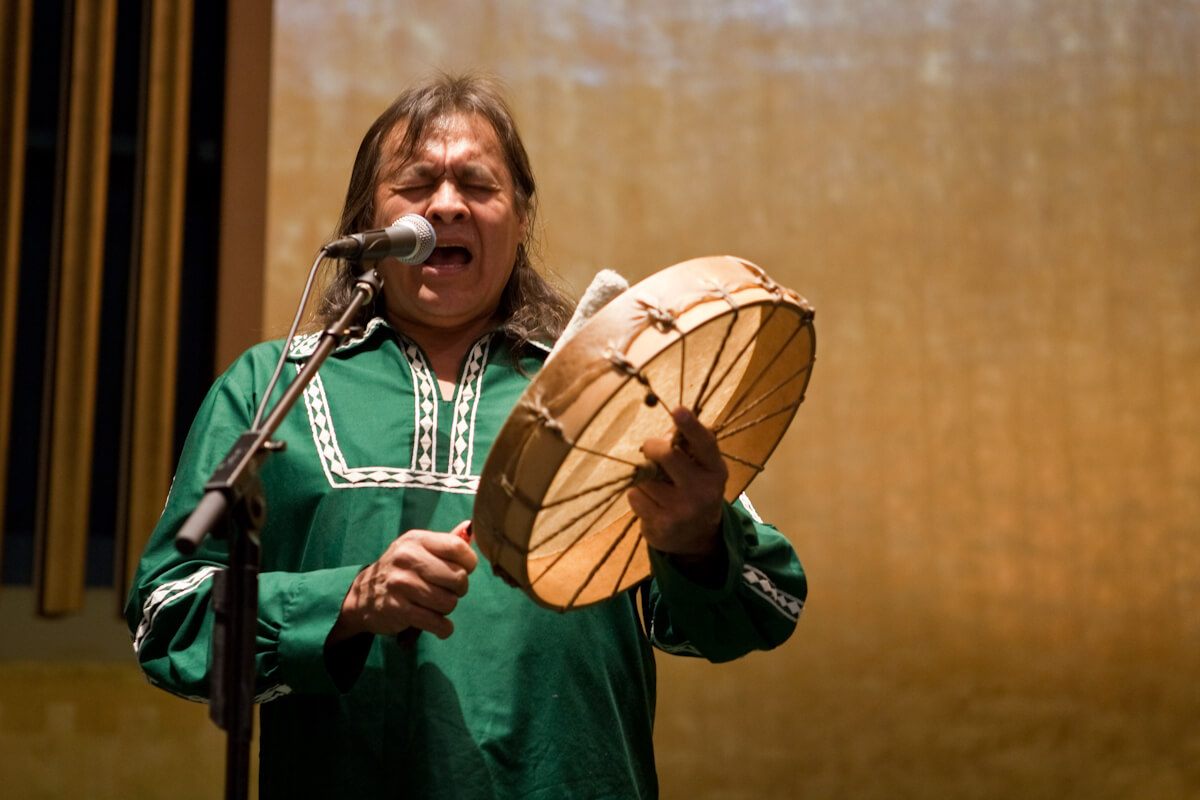

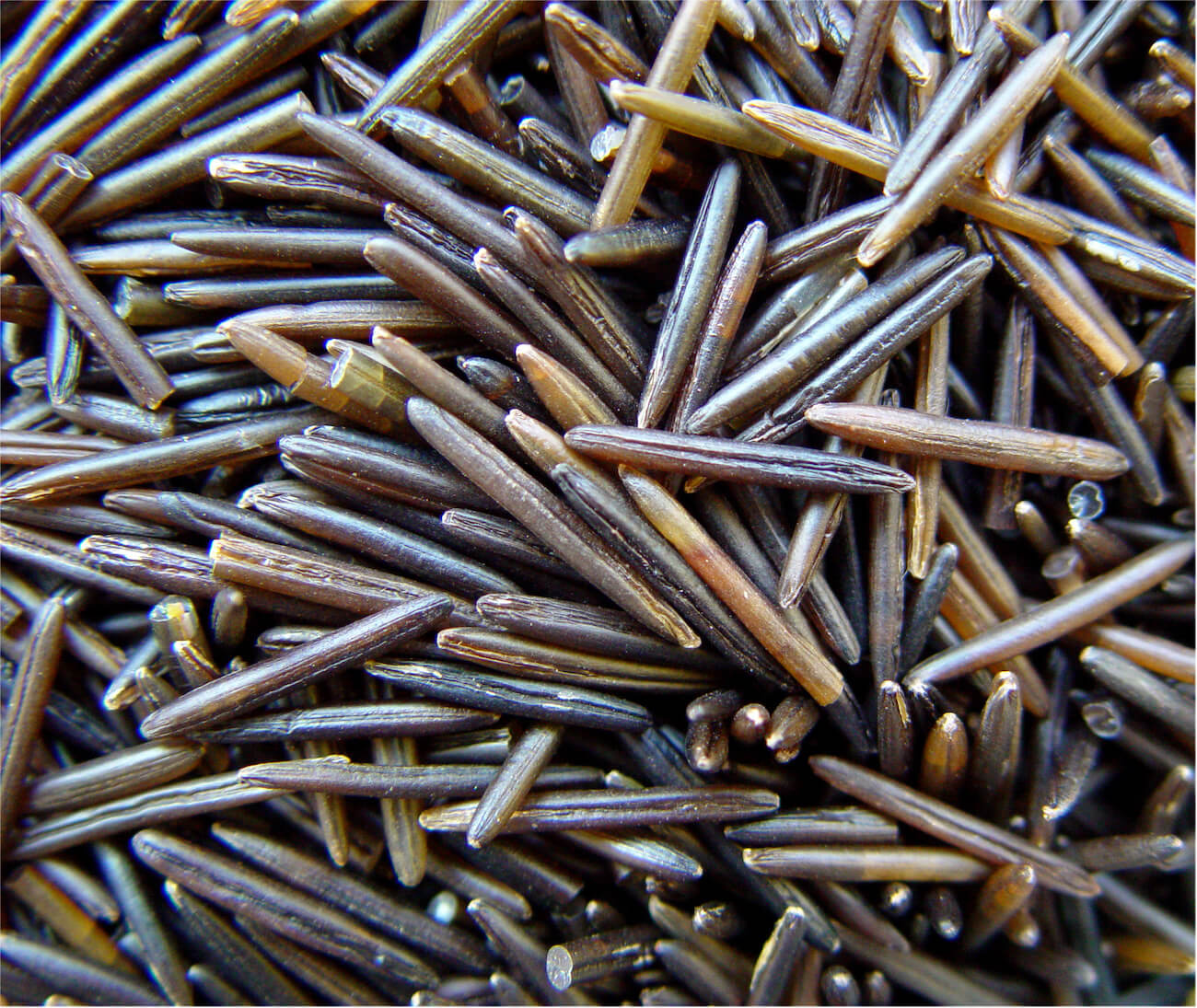

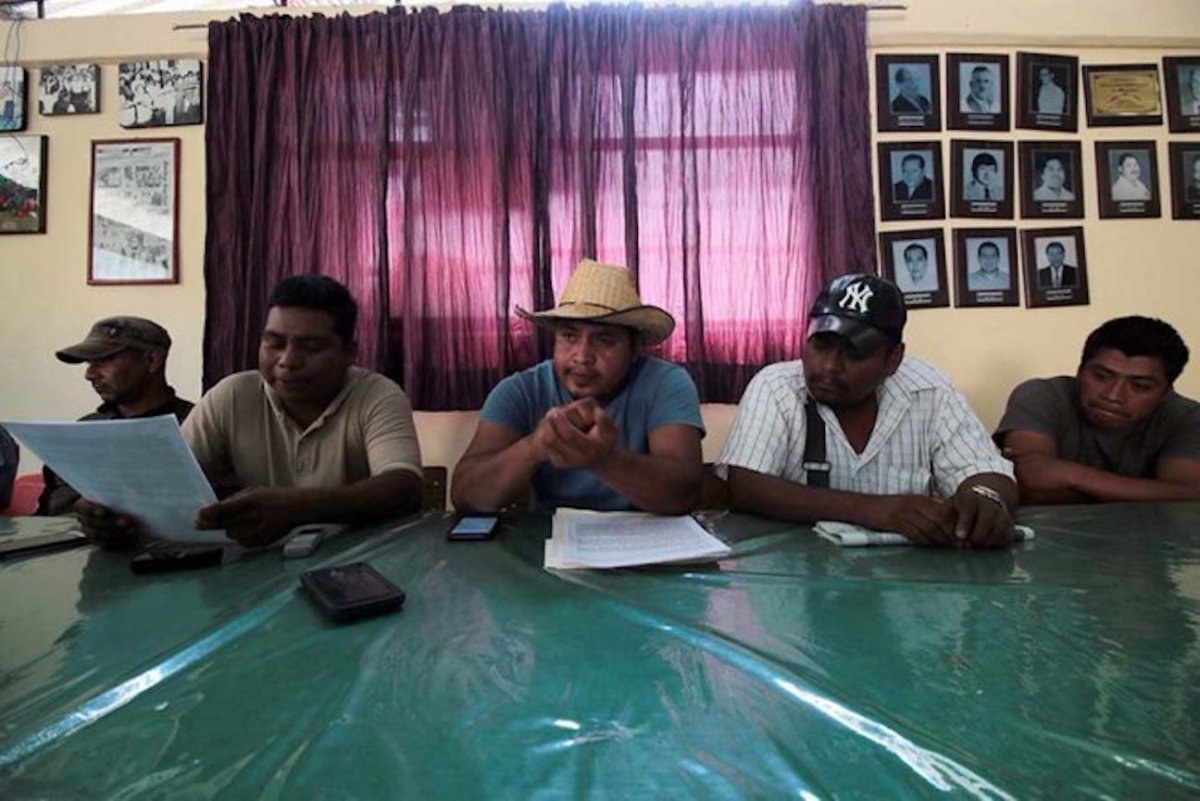
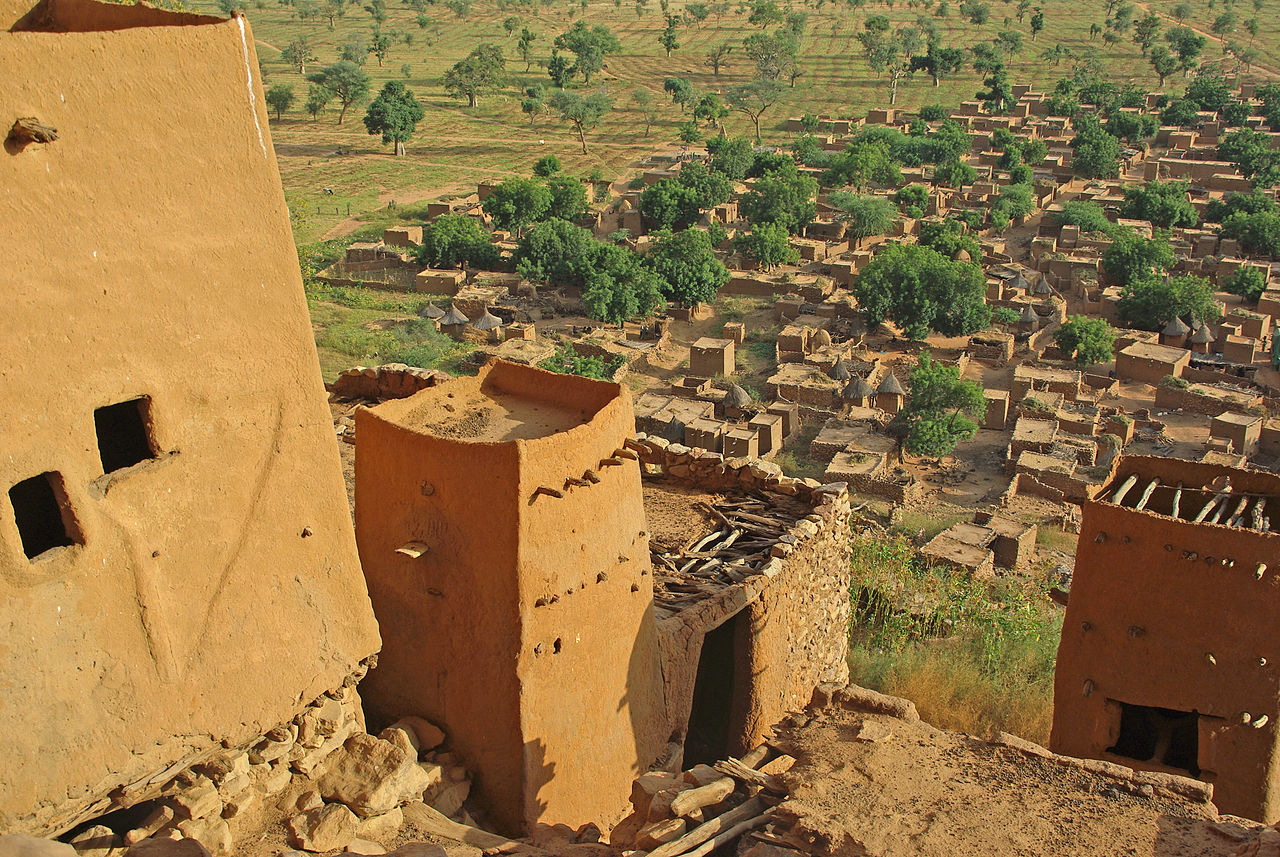



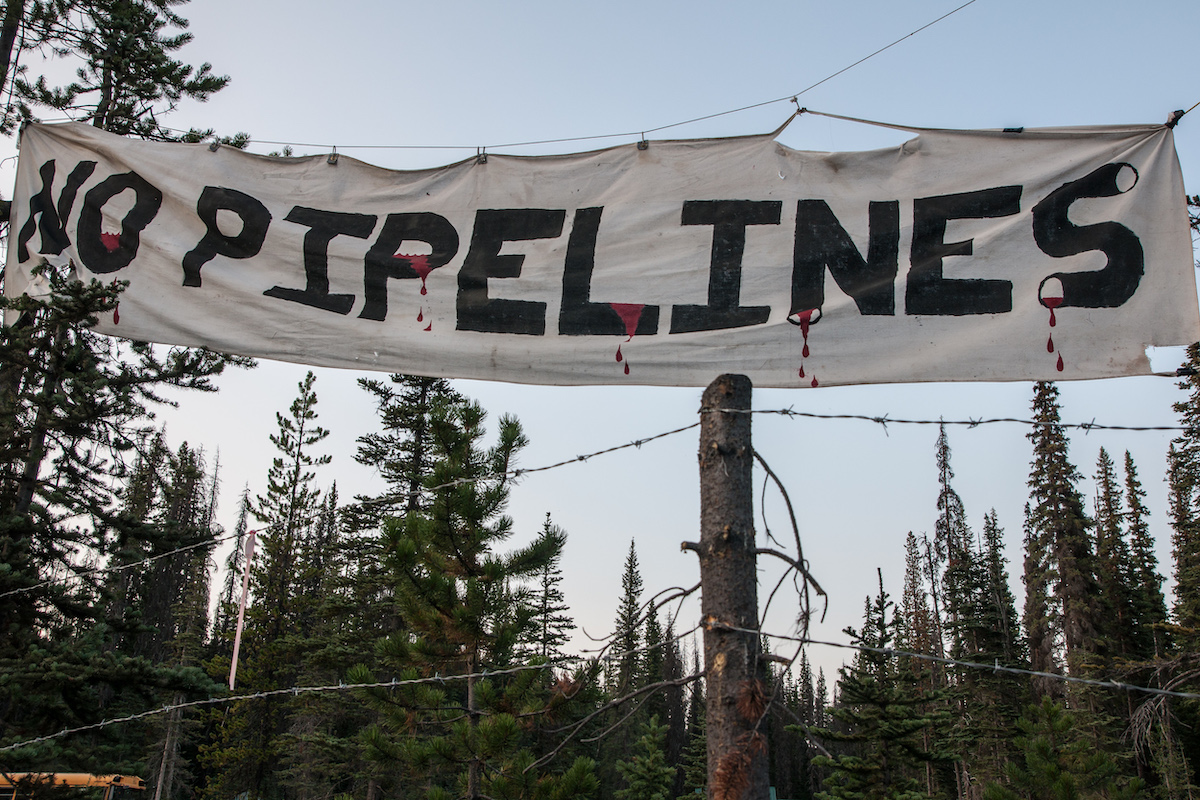
 DONATE to
DONATE to